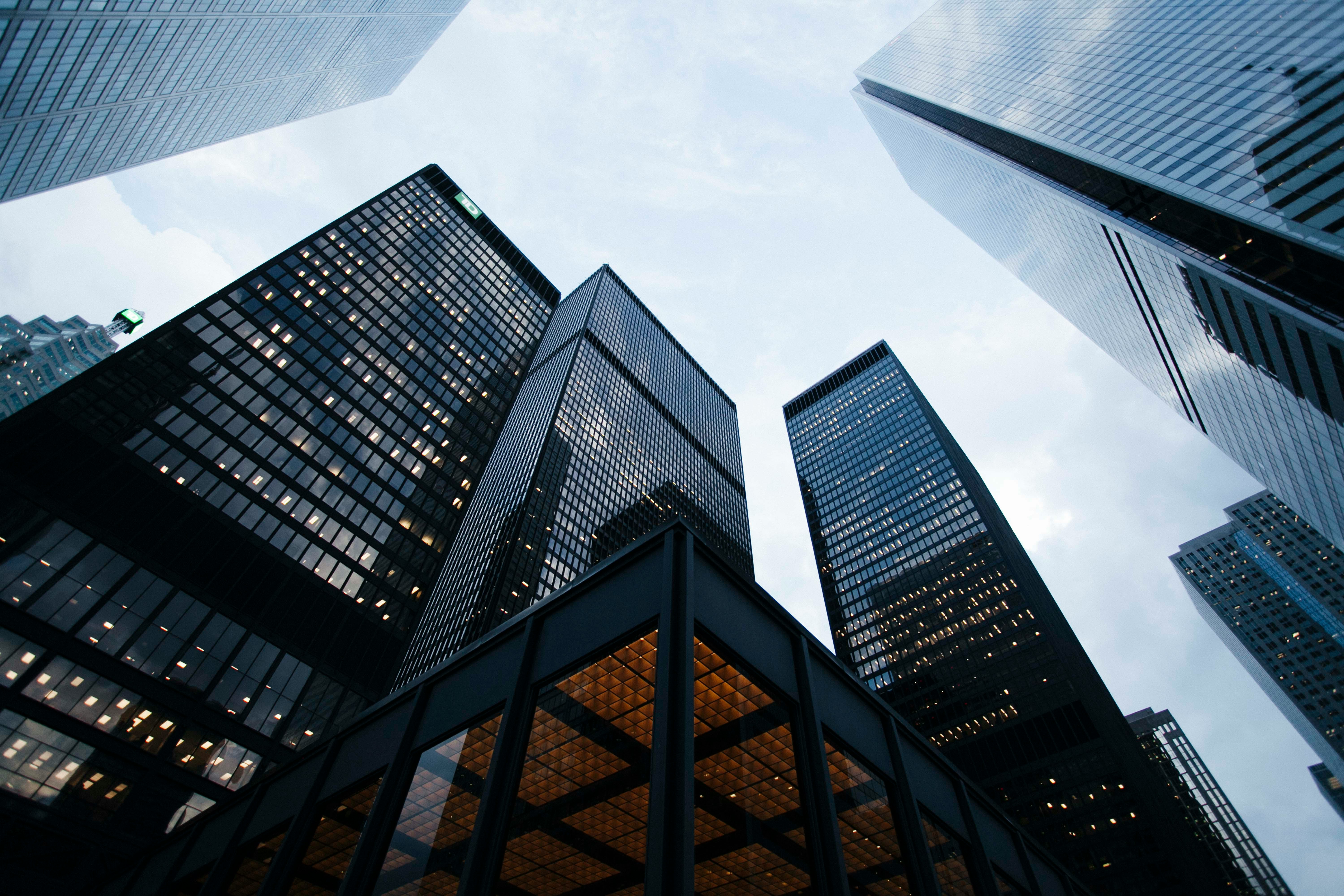
interior
SVT
About
Skyscrapers have symbolized urban ambition and technological innovation since the late 19th century. These towering structures not only provide office space and residential units but also serve as landmarks that define the identity of cities around the world. The evolution of skyscraper design has been marked by advancements in engineering, materials, and architectural aesthetics.
The Empire State Building, completed in 1931, epitomizes the Art Deco style and remains an iconic symbol of New York City. Its distinctive silhouette and spire have inspired countless imitations and solidified its place in popular culture. Similarly, the Petronas Towers in Kuala Lumpur, completed in 1998, showcased Malaysia's economic growth and introduced a new era of skyscraper design with their sleek twin-tower structure and innovative engineering solutions.
The Burj Khalifa in Dubai, currently the tallest building in the world, exemplifies the modern trend towards super-tall skyscrapers. Standing at over 828 meters (2,716 feet), the Burj Khalifa incorporates cutting-edge technology and sustainable design features such as a high-performance glass facade and energy-efficient systems. Its observation decks offer panoramic views of the cityscape, attracting millions of visitors annually and reinforcing Dubai's reputation as a global hub of commerce and innovation.
Beyond their sheer height, skyscrapers contribute to urban density and the efficient use of land in densely populated cities. They represent architectural feats that push the boundaries of engineering and design while shaping the skyline and skyline of major cities.
Client
Onda
Category
interior
interior
Year
February 28, 2022


